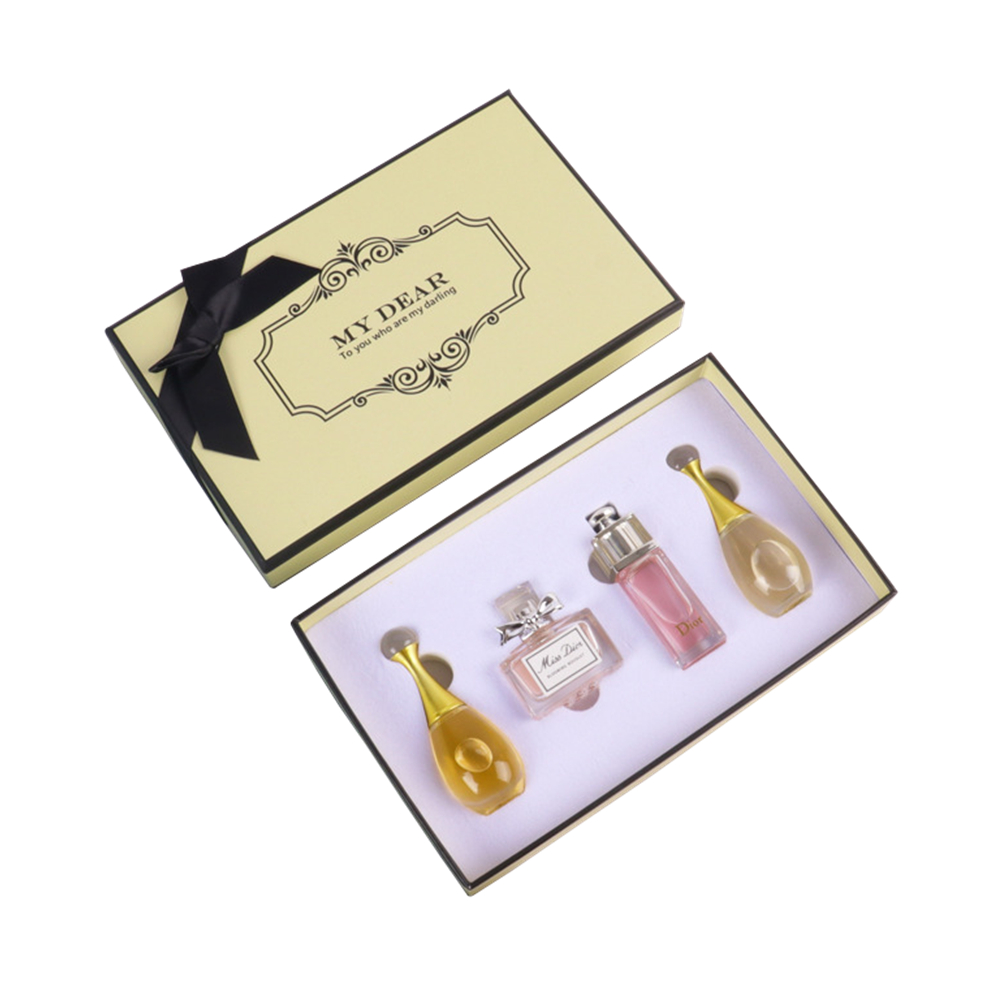In the fiercely competitive beauty industry, cosmetic packaging plays a pivotal role beyond just holding products. It serves as a canvas for brand identity, ensures product protection, and significantly influences consumer appeal. In this comprehensive guide, we delve into the world of cosmetic packaging solutions, exploring its types, design considerations, the role of packaging engineers, the latest trends, and more.
Importance of Cosmetic Packaging in the Beauty Industry
Cosmetic packaging is not merely about enclosing products; it’s an integral aspect of brand representation and consumer experience. It acts as the first point of interaction for consumers, setting the tone for what they can expect from the product inside. A well-designed package conveys trust, quality, and value, crucial elements in a market where perception is everything.
Role of Packaging in Brand Identity, Product Protection, and Consumer Appeal
- Brand Identity: Packaging serves as a powerful tool for brand recognition. It communicates brand values, aesthetics, and personality, helping consumers connect emotionally with the product.
- Product Protection: Beyond aesthetics, packaging must ensure the integrity and safety of the product inside. It shields against environmental factors, contamination, and physical damage during transit and storage.
- Consumer Appeal: Appealing packaging captivates consumers’ attention, influencing purchasing decisions. Vibrant colors, innovative designs, and ergonomic shapes enhance shelf visibility and attract potential buyers.
Types of Cosmetic Packaging
Primary Packaging
Bottles and Jars
Glass and Plastic: Common materials for storing liquids, creams, and serums, offering transparency and durability.
Tubes and Squeezable Packaging
Ideal for products requiring precise dispensing, such as lotions, gels, and creams.
Sticks
Convenient packaging for lipsticks, lip balms, and concealers, offering ease of application and portability.
Compacts and Palettes
They are designed for powders, eyeshadows, blushes, and other pressed products, providing convenience and aesthetics.
Secondary Packaging
Boxes and Cartons
Outer packaging that provides additional protection and branding opportunities.
Set Boxes
They are used for bundled products, offering a cohesive presentation and value proposition.
Importance of Secondary Packaging for Branding and Sustainability
Secondary packaging enhances brand visibility and contributes to sustainability efforts. Eco-friendly materials and minimalist designs can reduce environmental impact while reinforcing brand values.
Design Considerations
Alignment with Brand Identity
Packaging design should reflect brand aesthetics, values, and target audience preferences. Consistency across all packaging elements helps in brand recognition and loyalty.
Functionality Based on Product Characteristics
Understanding product viscosity, usage, and storage requirements is crucial in designing functional packaging that enhances user experience.
User Experience and Convenience
Intuitive packaging design improves usability and convenience, enhancing consumer satisfaction and loyalty.
Aesthetic Appeal and Shelf Presence
Eye-catching designs and unique shapes increase shelf visibility, driving impulse purchases and brand recall.
Role of Packaging Engineers
Packaging engineers are instrumental in transforming design concepts into tangible packaging solutions. Their expertise in materials, manufacturing processes, and sustainability practices ensures optimal functionality and cost-efficiency.
Expertise in Materials and Manufacturing Processes
Packaging engineers select appropriate materials and manufacturing techniques to meet product requirements while adhering to quality and regulatory standards.
Optimization for Functionality and Aesthetics
Packaging engineers balance functionality and aesthetics to ensure that the packaging protects the product and enhances its visual appeal.
Sustainable Material Selection and Eco-Friendly Practices
With growing environmental concerns, packaging engineers focus on eco-friendly materials and practices, promoting sustainability throughout the supply chain.
Trends and Innovations in Cosmetic Packaging
Minimalist and Eco-Conscious Designs
Minimalist packaging designs with eco-friendly materials appeal to environmentally conscious consumers, aligning with sustainable brand values.
Refillable and Reusable Packaging
Refillable packaging reduces waste and offers cost-effective solutions for consumers, emphasizing sustainability and convenience.
Interactive and Personalized Packaging Experiences
Innovative packaging with interactive elements or personalized touches enhances consumer engagement and brand loyalty.
Incorporation of Smart Technologies
Integration of intelligent technologies like QR codes and NFC tags enables brands to provide valuable information, enhance user experience, and track product authenticity.
Conclusion
Cosmetic packaging is not just about wrapping products; it’s a strategic tool for brand success. By balancing functionality, aesthetics, and sustainability, brands can create packaging solutions that resonate with consumers, drive sales, and promote brand loyalty. Collaboration with packaging experts is essential for crafting innovative and impactful packaging solutions that stand out in a crowded market.



